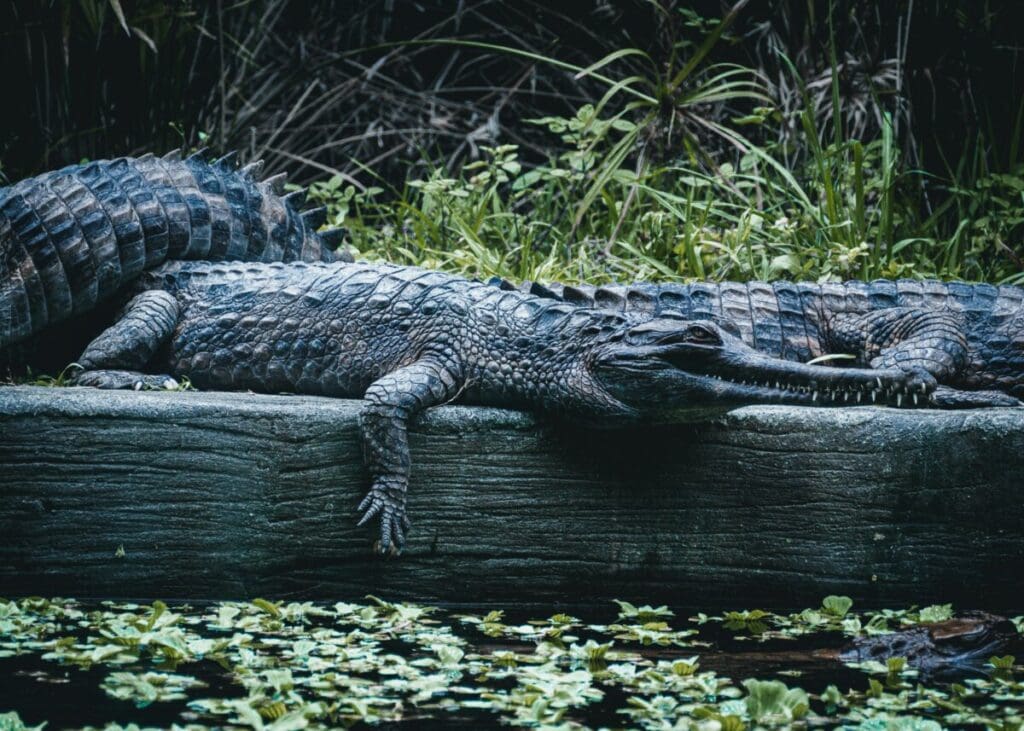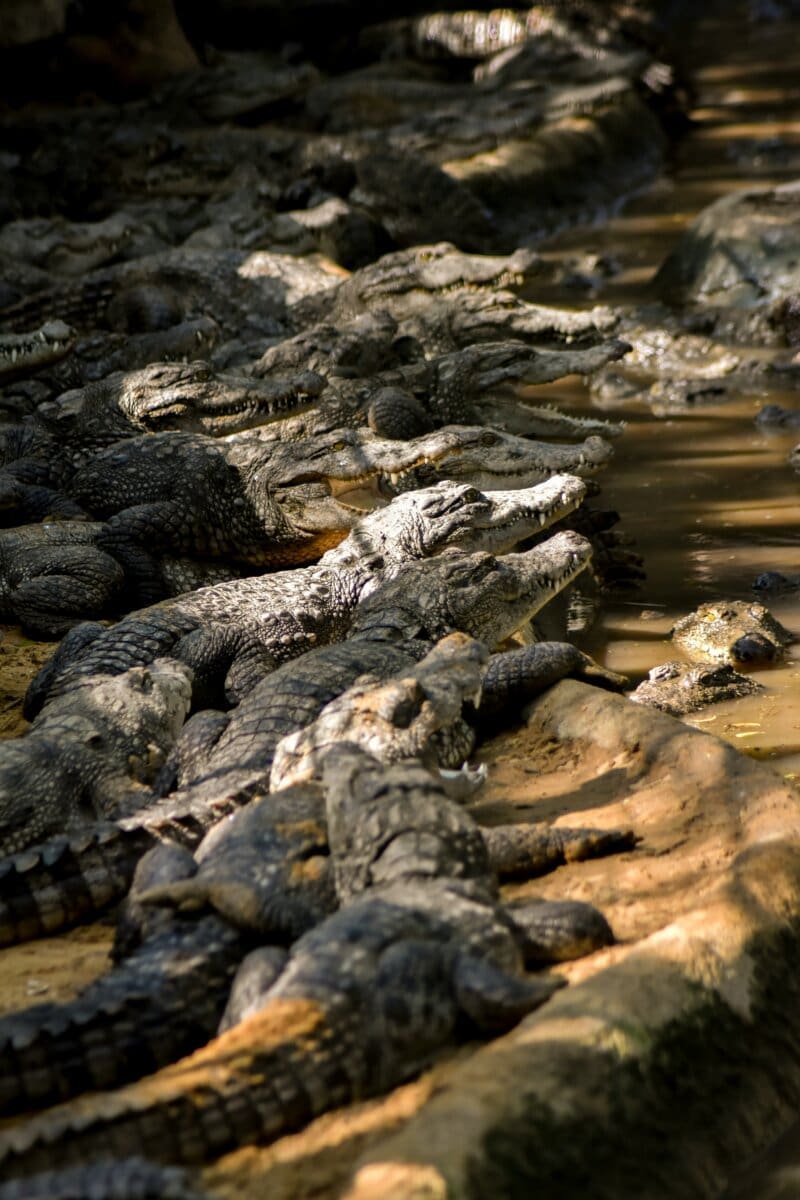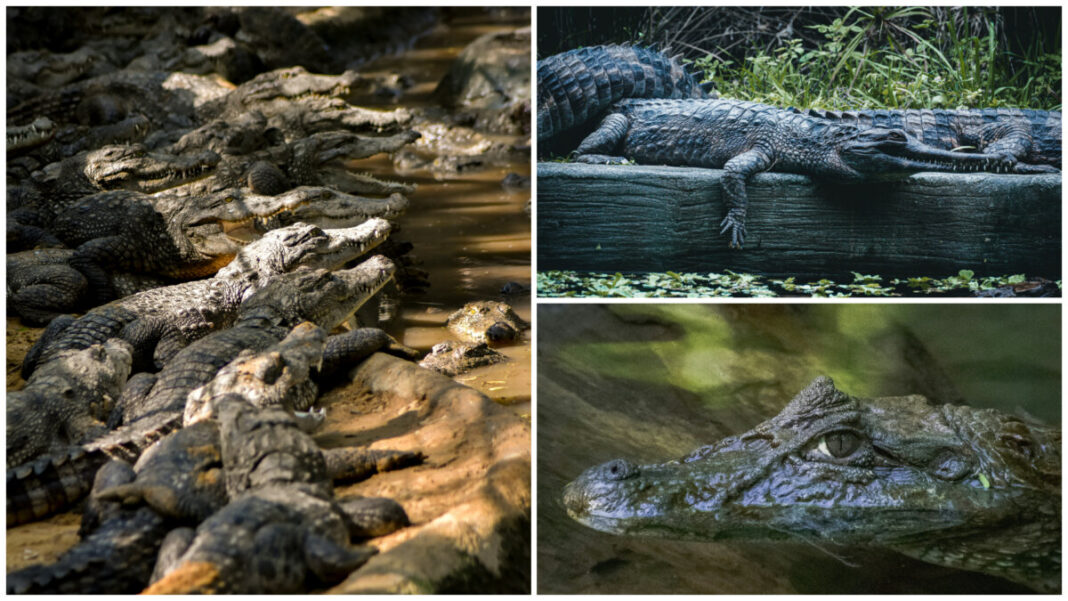
When most people think of crocodiles, they picture them as people benefiting from Filipinos’ money and flaunting their sports cars, but scientifically, crocodiles are not limited to the ground. They can climb trees.

The Study Behind the Claim

In 2014, Vladimir Dinets and colleagues published observations in Herpetology Notes documenting four crocodilian species climbing onto trees and shrubs. These included the American crocodile (Crocodylus acutus), the Nile crocodile (Crocodylus niloticus), the Australian freshwater crocodile (Crocodylus johnstoni), and the Central African slender-snouted crocodile (Mecistops cataphractus).
The reptiles were observed resting on branches at heights ranging from just above the water to as high as four meters. Most of the climbing took place in younger or smaller individuals, though larger crocodiles were also recorded hauling themselves onto low trunks.
Why Crocodiles Climb

Researchers suggest that crocodiles climb primarily for three reasons:
• Thermoregulation: basking in the sun on tree branches helps them warm up more efficiently.
• Observation: climbing gives them a better vantage point to scan their environment for threats or prey.
• Safety: smaller crocodiles may climb to avoid predators, including larger crocodiles.
Interestingly, the behavior was most often seen in areas with little human disturbance, suggesting crocodiles may be more adaptable than previously thought.
Rethinking Assumptions

The finding challenges long-held assumptions about crocodilians as strictly water- or ground-bound animals. Instead, they display surprising agility and behavioral flexibility. While they cannot climb trees with thin branches like lizards or primates, their ability to scale trunks and rest several meters above ground demonstrates remarkable adaptability for such large reptiles.
Crocodiles are often portrayed as primitive survivors, unchanged for millions of years. But this discovery shows that even the most ancient-looking species still hold surprises. The next time you’re near crocodile habitat, don’t just look at the water, remember to glance up.

